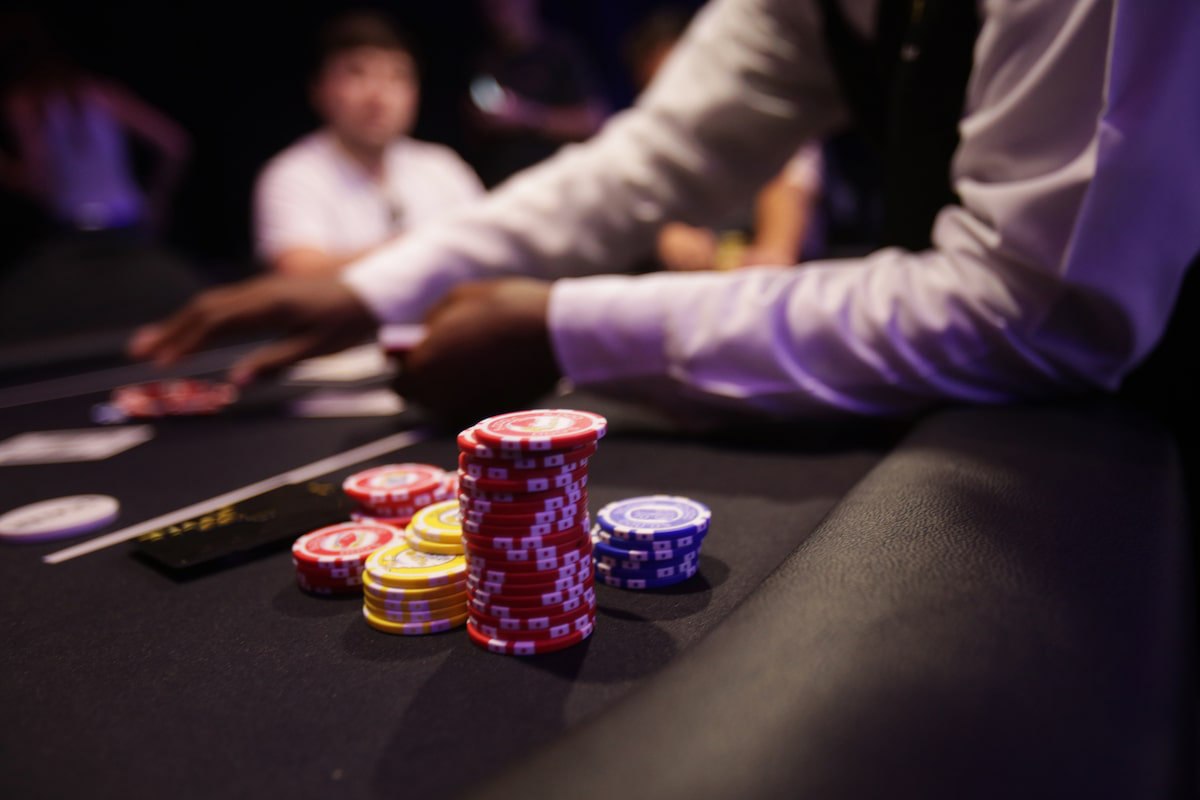Modafinil in Poker: Real User Experiences
Modafinil, a wakefulness-promoting medication initially prescribed for narcolepsy and other sleep disorders, has gained traction among poker players seeking improved focus and endurance during marathon sessions. Exploring the real-life experiences of players using Modafinil reveals its potential to enhance gameplay while also shedding light on the downsides that can influence decision-making at the table.
Why Poker Players Turn to Modafinil
The Need for Endurance in Long Sessions
Poker tournaments and cash games can extend for hours, demanding consistent concentration and patience. Maintaining focus in these environments is challenging, and some players find Modafinil a solution to staying sharp. Modafinil’s ability to sustain energy and reduce fatigue allows players to remain attentive, which helps to minimize errors due to exhaustion.
For example, one user shared their goal of a two-month poker grind in Las Vegas, aiming for 10-hour sessions daily. The player noted that Modafinil could provide sustained energy without the jittery side effects that caffeine sometimes causes. With Modafinil, they hoped to extend their focus throughout each session without needing frequent breaks.
Enhancing Focus and Alertness
In poker, paying close attention to opponents’ behaviour, subtle cues, and betting patterns is essential for making strategic decisions. Modafinil’s impact on focus and alertness appeals to many players who want to remain fully engaged, hand after hand, without drifting into autopilot. This sharper attention span can be advantageous, especially in live poker where reading opponents is a critical skill.
However, some players reported that the heightened focus Modafinil provides sometimes led to overthinking. Not every poker hand requires intense concentration, and excessive analysis can interfere with gameplay. Those prone to overanalyzing may find it helpful to use Modafinil cautiously, maintaining balance in gameplay to avoid second-guessing every decision.
Comparisons with Other Stimulants
Modafinil is frequently compared to common stimulants like caffeine and Adderall. Unlike caffeine, Modafinil typically doesn’t lead to an energy “crash” and tends to provide a steadier focus. Many users appreciate that it keeps them alert without the shakiness that caffeine can induce, and its effects last longer, making it ideal for extended sessions.
In contrast, some players described Adderall as overly stimulating for poker. While Adderall may lead to intense focus, it can also heighten impulsivity, which may affect decision-making in poker. Players using Modafinil often feel a calm alertness rather than an urge to act quickly, which helps maintain a measured approach during play. This makes Modafinil more suitable for players who want to focus without the potential drawbacks of stronger stimulants.
Modafinil’s Mixed Impact on Game Performance
Boosting Stamina vs. Risking Overconfidence
Modafinil can boost stamina, allowing players to stay engaged during long poker sessions and mentally sharp. However, some players reported an unintended side effect: increased confidence. While confidence can be beneficial in moderation, an excessive sense of invincibility can lead players to overestimate their abilities and make overly aggressive plays.
For instance, one player shared that Modafinil made them feel as though they could win any hand, sometimes leading to riskier bets than usual. Players who use Modafinil should remain mindful of this effect to prevent overconfidence from interfering with their regular strategy.
Consistent Focus and Emotional Control
Several players found that Modafinil allowed them to remain focused and in control, even during high-stress situations. When opponents were visibly tired or distracted, Modafinil users reported that their sustained focus gave them an advantage in reading the table and remaining calm. One player noted that Modafinil helped avoid emotional swings, which allowed them to play with a more calculated, level-headed approach.
While Modafinil can help improve focus, it doesn’t replace the need for poker skills, emotional control, or strategic thinking. As some players pointed out, Modafinil is not a quick fix for all aspects of poker. While it may help in managing tilt or preventing emotional reactions, players should still focus on strengthening their poker fundamentals.
Challenges in Decision-Making
The effect of Modafinil on decision-making varies widely. While many players reported that it enhanced their concentration, others felt it could lead to overthinking. Quick, intuitive decision-making is often essential in poker, and Modafinil’s effects on prolonged focus sometimes resulted in “analysis paralysis,” where players over-analyzed each move, slowing down their pace.
Modafinil’s impact on dopamine pathways may also contribute to changes in decision-making. Dopamine can influence impulsivity, and while some users felt Modafinil made them hyper-focused, others noticed that it occasionally disrupted their attention span or led to heightened caution during critical plays. Recognizing these effects can help players better manage Modafinil’s impact on their strategy.
The Downsides and Risks of Using Modafinil in Poker
Potential for Sleep Disruptions
With a half-life of around 12 to 15 hours, Modafinil can interfere with sleep if taken too late in the day. Many poker players emphasize the importance of a good sleep schedule, which allows them to recharge and perform well in upcoming sessions. Several users reported that taking Modafinil in the afternoon made it harder to fall asleep, disrupting their ability to maintain a consistent routine.
To counter this, some players experimented with sleep aids like melatonin or edibles to help manage Modafinil’s sleep interference. However, results were mixed, with most players finding that taking Modafinil early in the morning was the best way to prevent disruptions. This approach allows players to enjoy Modafinil’s benefits throughout the day while still winding down in the evening.
Emotional Side Effects
Emotional control is crucial in poker, and Modafinil’s effects on mood have presented mixed outcomes among users. While some players felt Modafinil made them more resilient to emotional fluctuations, others noted a tendency toward irritability. For instance, some players reported feeling more easily frustrated by slow play or opponents’ mistakes. This heightened sensitivity may impact social interactions at the table, which is an integral part of live poker.
Despite these experiences, many players found these emotional effects to be mild and manageable. Nonetheless, Modafinil users need to recognise these potential shifts in mood and address them to avoid unnecessary frustration or irritation during games.
Concerns About Tolerance and Dependence
While Modafinil is generally considered to have a low risk of physical addiction, regular use may lead to a build-up of tolerance, which can reduce its effectiveness over time. Some players reported that they began increasing their doses to maintain the same level of alertness, leading to concerns about long-term dependence on the drug.
In addition, some players shared that they felt reliant on Modafinil to maintain peak performance, particularly during high-stakes games. Although this dependence is not physical, it led some users to consider alternatives or limit their Modafinil use to avoid building a tolerance. Monitoring dosage and frequency can help players reduce the risk of developing dependence on Modafinil.
User Tips and Best Practices for Using Modafinil in Poker
Recommended Dosage and Timing
For those who use Modafinil to enhance poker performance, experienced players emphasize the importance of starting with a low dose and timing the intake carefully. Many users recommend beginning with a lower dose of 50-100 mg, rather than the standard 200 mg prescribed for wakefulness disorders. This lower dose is often enough to boost focus without excessive alertness, which can sometimes lead to overthinking or emotional sensitivity.
Timing also plays a significant role. Taking Modafinil early in the morning is advised, as it helps avoid the risk of sleep disruption while still providing alertness throughout the day. A player shared that taking Modafinil around 7 a.m. helped them maintain focus during daytime sessions and allowed them to relax in the evening.
Exploring Alternatives and Complementary Strategies
While Modafinil can be helpful, some players choose to use it only occasionally, supplementing it with other performance strategies. For example, caffeine can be a reliable alternative, with a shorter duration of effects and less risk of tolerance. Other players mentioned that beta blockers can help reduce physical symptoms of anxiety, such as shaky hands, without impacting focus.
A consistent sleep schedule, hydration, and a balanced diet were also recommended by experienced players as essential elements for peak performance. Using Modafinil alongside a healthy routine may help reduce the need for higher doses or frequent use. For players who already rely on caffeine, alternating between Modafinil and caffeine may offer varied energy boosts without excessive dependence on one stimulant.
Trial Periods for Modafinil Use
Many players recommend trying Modafinil on a short-term basis before committing to it as a regular part of their routine. A trial period allows players to observe how Modafinil impacts their focus, energy, sleep, and overall gameplay without long-term commitment.
For example, one player shared their experience of testing Modafinil over one week before a longer poker session. This trial helped them evaluate its effects on their performance and decide if it complemented their playing style.
Conclusion
Poker players often turn to Modafinil in hopes of enhancing focus, increasing endurance, and managing the mental demands of prolonged gaming sessions. Based on user experiences, Modafinil can indeed offer benefits such as improved stamina, sustained alertness, and reduced fatigue, which are valuable for extended periods of play. However, it’s essential to be aware of its potential drawbacks. Some players report experiencing overconfidence, sleep disruption, emotional sensitivity, and the risk of developing a tolerance.
To effectively use Modafinil in poker, players should consider starting with lower doses, timing intake for early in the day, and monitoring any changes in mood or decision-making. Taking breaks and experimenting with alternatives like caffeine or beta blockers can also help manage reliance on Modafinil while preserving its benefits. A balanced approach, along with careful observation during a trial period, can allow players to gauge Modafinil’s effects and determine if it complements their poker strategy.
Ultimately, while Modafinil can be a valuable tool for those looking to stay sharp at the table, it is not a substitute for essential poker skills, strategy, and emotional control. Every player’s experience with Modafinil will vary, and understanding both its advantages and limitations is key to using it responsibly and effectively.








